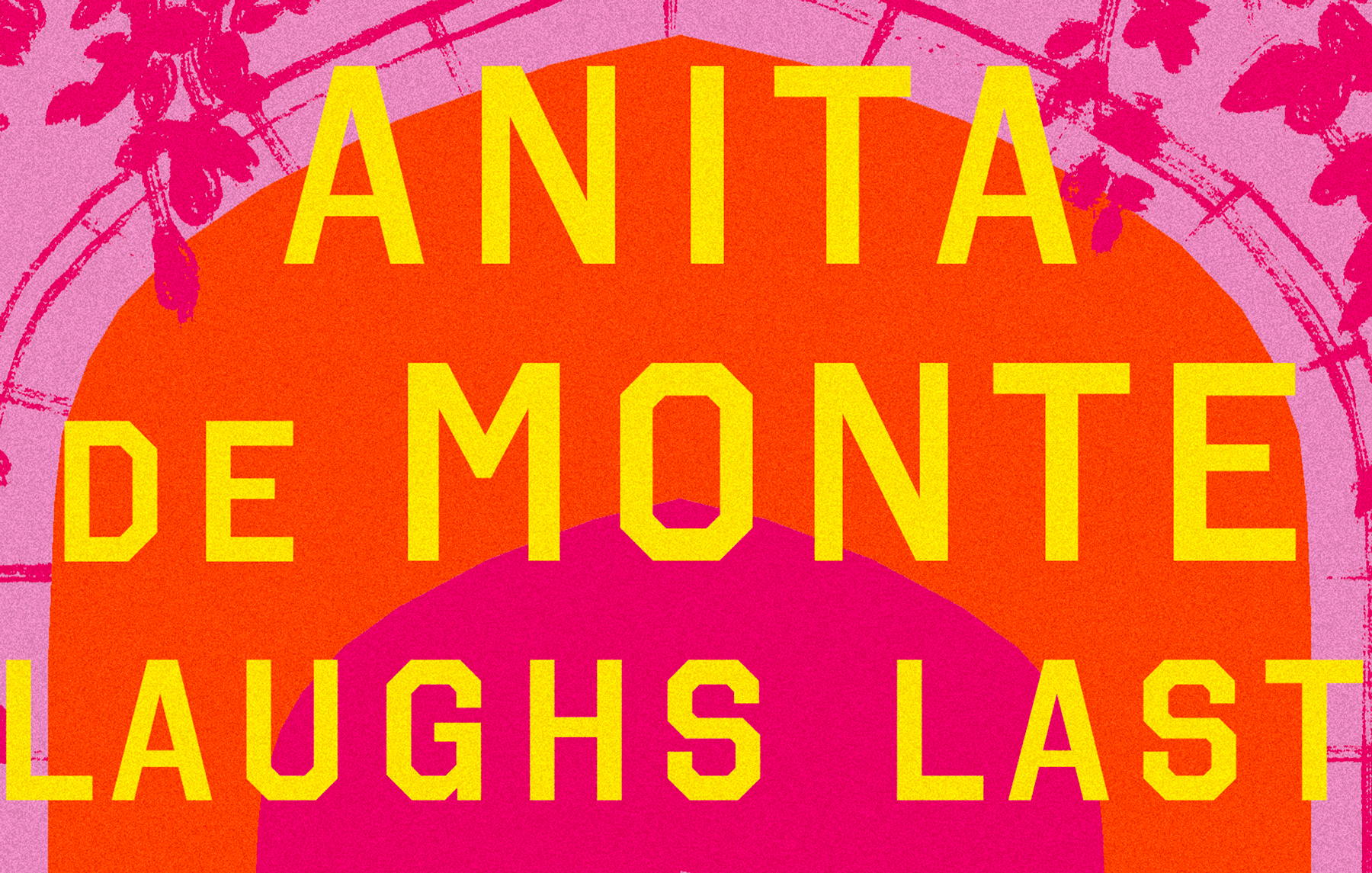Xochitl Gonzalez is quite busy. Last year she was a Pulitzer Prize finalist for Commentary, for her work as a columnist for The Atlantic and she recently wrapped up a national book tour for her latest novel, “Anita de Monte Laughs Last.” If it’s anything like her debut novel, “Olga Dies Dreaming,” it’s sure to be a hit. She has already received rave reviews from The New York Times, The Washington Post, and even Reese Witherspoon, who selected it for her book club. While she has garnered critical acclaim, Xochitl Gonzalez unequivocally writes about and with Latinas in mind; for those who have felt outside of things and for those whose history we may need to recover.
Gonzalez dedicates her latest novel to “Ana:” Ana Mendieta, the Cuban-American artist whose life was cut short and creative output overlooked. As well as to “all the women who endured solitude never knowing the rest of us were out there.” Inspired by her own experiences and Mendieta’s life, the 47-year-old author offers us a window into the ivory towers of the art world and academia.
In 1998, Raquel Toro is a third-year art history student at the prestigious Brown University. In contrast to her peers who have family connections to museums and academia, Toro’s mother works concessions at The Met. Struggling with feelings of being an outsider looking in, Raquel finds solace and connection upon uncovering the forgotten work of Anita de Monte. In 1985, Monte, was a rising star in the art world, only to die suddenly after falling from her husband’s high-rise apartment.
“Ana [Mendieta] was the [inspiration] for Anita; she was the artist I first discovered who made me realize that there was so much I wasn’t being taught,” shares Gonzalez over email. Active from the early 1970s to the mid-1980s, Mendieta was a Cuban-born artist best known for her earth-body artwork exploring her body’s relationship to the earth. Her legacy today is as much about her feminist art practice as it is about her tragic death, on September 8, 1985, in New York City, when she fell from her 34th-floor apartment. At the time of her death, Mendieta had been married to fellow artist Carl Andre. He was subsequently charged with her murder but was eventually acquitted. The trial famously split the city’s art scene into two camps. Carl Andre’s death earlier this year reignited the polarizing debate within the art world.

Cuban-born interdisciplinary artist Ana Mendieta. © The Estate of Ana Mendieta Collection, LLC; Courtesy Galerie Lelong & Co.
In her novel, Gonzalez does not shy away from Ana’s untimely death. “I was tormented by how, because of legal reasons, (her husband had been acquitted after 2 mistrials) no one could just say what seemed so obvious to me: she was murdered. I felt that fiction could be a way to use that biography and give voice to the crime. What happened that night, and in the aftermath, without having to hedge. That felt like a form of justice for her,” confesses Gonzalez.
The story’s premise came to Gonzalez after she entered the television industry. As her writing career was taking off, she began working on a TV adaptation of “Olga.” “Getting Latina stories told in film and television is so challenging.” Her experience working in TV echoed those feelings of being a Latina at Brown University, in the 90s, studying art history. “I found myself wondering how my worldview and confidence might have been different had I gotten to see anyone in my curriculum who was remotely like me,” says Gonzalez.
In “Anita de Monte Laughs Last,” de Monte’s legacy has long been buried by her husband’s successful career. The book alternates between its dual protagonists, traveling through time as they share their perspectives of similar journeys: one an artist, another an aspiring art historian. Both Latinas experience power imbalances in their romantic relationships and the art world.

Ana Mendieta, Untitled (Facial Hair Transplants), 1972. © The Estate of Ana Mendieta Collection, LLC; Courtesy Galerie Lelong & Co.
Through the alternating timelines in “Anita,” Gonzalez creates intergenerational lineages in academia, and honors those who came before us. “For women of color and marginalized people in general, so often we are made to feel that we are the first people to do something or to try something. But often, it’s just that the person who came before us—their experience, their history—isn’t available to us. Either because that history was erased, or because the barriers to entry for marginalized people are so great. Large swaths of time might have gone by between our predecessor’s experience and ours. We have no continuity. We don’t get to benefit from accumulated knowledge of a path—each generation is left to feel like they are starting from scratch.”
Xochitl Gonzalez’s book is not just a book about the art world. She evokes the loneliness of a newcomer in a foreign space, whether it be a new country, corporate America, or academia, while also imagining what is possible when we build bridges for the next generation. In a political climate fueled by anti-immigrant rhetoric and rampant xenophobia, we might be emboldened if we know that someone has survived a similar experience. “Anita’s ability to transverse time and space from beyond was a nod to something that we can all access—the unnamed and unknown ancestors and guardians whose specific lives and struggles we might not know, but who can still provide us strength in the here and now.”
